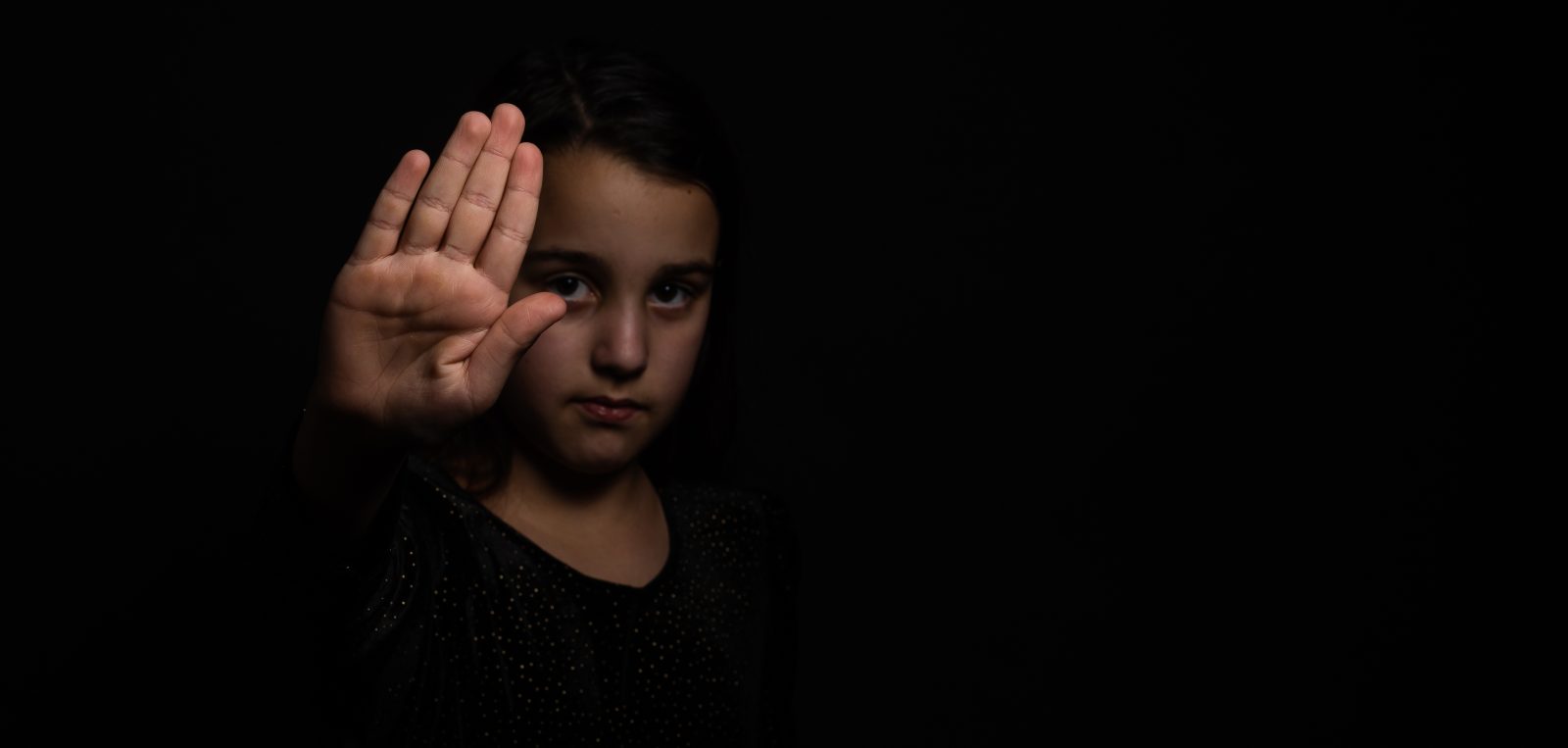The Illinois Recognizing and Reporting Child Abuse and Neglect Training course is designed to educate healthcare providers (HCP) on the signs of child abuse and neglect.
Child abuse and neglect are unfortunately pervasive issues that can have long-lasting impacts on a child’s health and well-being. As a healthcare provider, you are often on the front lines to spot potential signs of abuse or neglect. This course will delve into the various forms of abuse – physical, emotional, sexual, and neglect.
What You’ll Learn
- Types of child abuse and neglect
- Signs of abuse
- Requirements for Mandated Reporters
- Standards for Making a Report
- DCFS Involvement
- Helping an Abused or Neglected Child
Details
Course length: 1 hour; CME: 1.
Languages: American English
Key features: Audio narration, learning activity, and post-assessment
Get Certified
American Medical Compliance (AMC) leads the industry for compliance, Billing, and HR solutions. To become certified, please visit us at American Medical Compliance (AMC).
Reach out for other courses by visiting the AMC Course Library.
ACCME Accreditation
American Medical Compliance is accredited by the Accreditation Council for Continuing Medical Education (ACCME) to provide continuing medical education to physicians. Our Continuing Medical Education (CME) program is committed to enhancing the knowledge, skills, and professional performance of healthcare providers to improve patient care outcomes. Through high-quality educational activities, we aim to address the identified educational gaps and to support the continuous professional development of our medical community. American Medical Compliance designates this activity for a maximum of 1 AMA PRA Category 1 Credits. Physicians should only claim this credit for their complete participation in this activity.
What is Child Abuse and Neglect?
Child abuse and neglect refer to acts that result in harm or potential harm to a child’s health and development. These can be divided into several categories, each with unique signs and implication. The categories are physical abuse, emotional abuse, sexual abuse, and neglect.
Understanding the Scope of Child Abuse and Neglect
Child abuse and neglect are complex phenomena that manifest in various forms. In understanding the scope of these issues, healthcare providers are better equipped to respond effectively to suspected cases.
Addressing Sexual Abuse in Children
Sexual abuse in children encompasses any act that exposes them to, or involves them in, sexual behaviors that are inappropriate for their age. Therefore, this serious form of abuse can have profound and lasting effects on a child’s emotional and physical well-being. Consequently, recognizing the signs of sexual abuse is crucial for healthcare providers, as early detection and intervention can significantly influence the recovery process and prevent further harm.
There are several forms of sexual abuse. Sexual abuse can range from non-contact acts such as exposure to pornography or voyeuristic behaviors, to contact abuses like molestation, rape, or sexual exploitation. As a result, it is critical to understand that sexual abuse often occurs at the hands of someone the child knows and trusts, including family members, family friends, or caregivers.
Recognizing Signs of Physical Abuse in Children
Physical abuse involves inflicting physical harm upon a child through actions like hitting, shaking, burning, or otherwise harming them physically. In particular, it’s a form of abuse that healthcare providers are often in a unique position to notice due to visible signs on the child’s body. Ultimately, detecting these signs early is crucial as it can lead to prompt intervention and protection of the child from further harm.
Identifying Signs of Sexual Abuse in Children
Sexual abuse is an insidious form of maltreatment, often hidden and difficult to detect. For healthcare providers, understanding the signs and symptoms of sexual abuse in children is critical for timely and sensitive intervention. This course focuses on empowering professionals to identify and respond appropriately to these cases.
Understanding the Role of Mandatory Reporters
Mandated reporters are professionals who, because of their roles, have unique responsibilities under the law to report any suspicions of child abuse or neglect. In summary, these individuals typically work with children regularly and are therefore in a pivotal position to observe signs of possible mistreatment and take action to ensure the child’s safety.
Criteria for Filing a Report of Child Abuse and Neglect
For mandated reporters, such as healthcare providers, understanding when to file a report of suspected child abuse or neglect is critical. Consequently, this course emphasizes the specific circumstances under which healthcare providers must make a report to ensure the safety and well-being of children. Furthermore, the key situations that require a report include observable and concerning physical signs, behavioral indicators, verbal disclosures, sexual abuse symptoms, and evidence of severe neglect.



